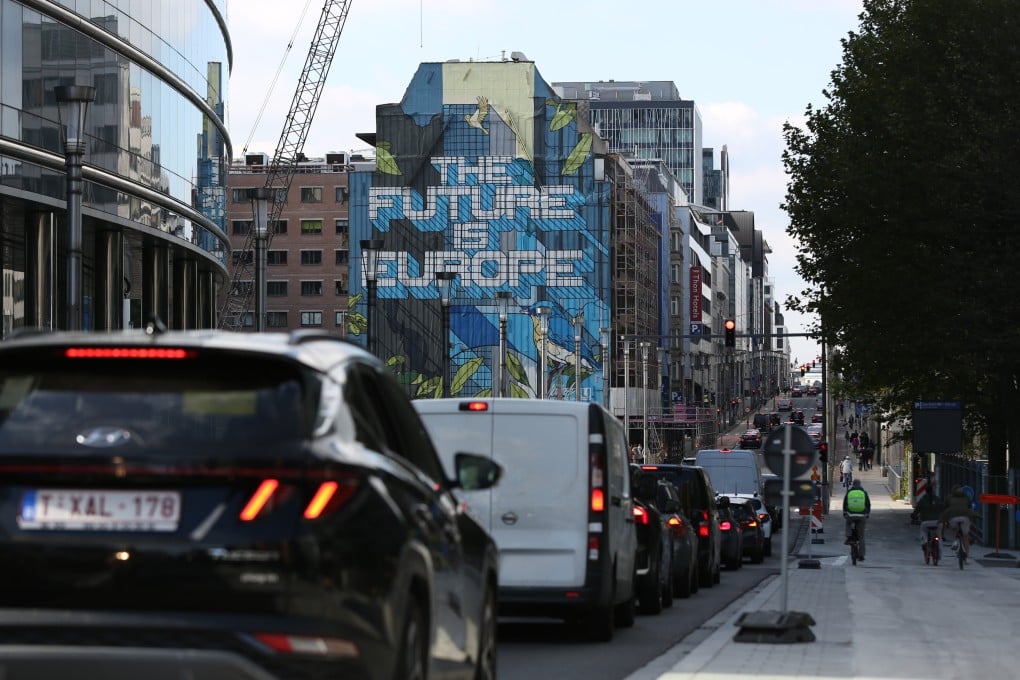Opinion | How EV tariffs broke EU consensus and China’s ‘divide and rule’ plan
Beijing might have successfully split France and Germany, but the actions of Greece and Serbia show the limits of its plans in Europe

According to reports, 10 countries voted in support of tariffs while five voted against and 12 chose to abstain. To derail the proposal, opponents needed a qualified majority of 15 votes, representing 65 per cent of the bloc’s population.
Germany voted against the proposal while France voted in favour. Berlin and Paris have long been China’s principal interlocutors in Europe, but gauging Beijing’s apparent waning allure across the continent requires looking to a smaller EU member: Greece.
Greece was one of the 12 countries abstaining from the vote on tariffs. This could be seen as Athens offering de facto support for the tariffs while also trying to defuse anger and possible economic retaliation from China.
